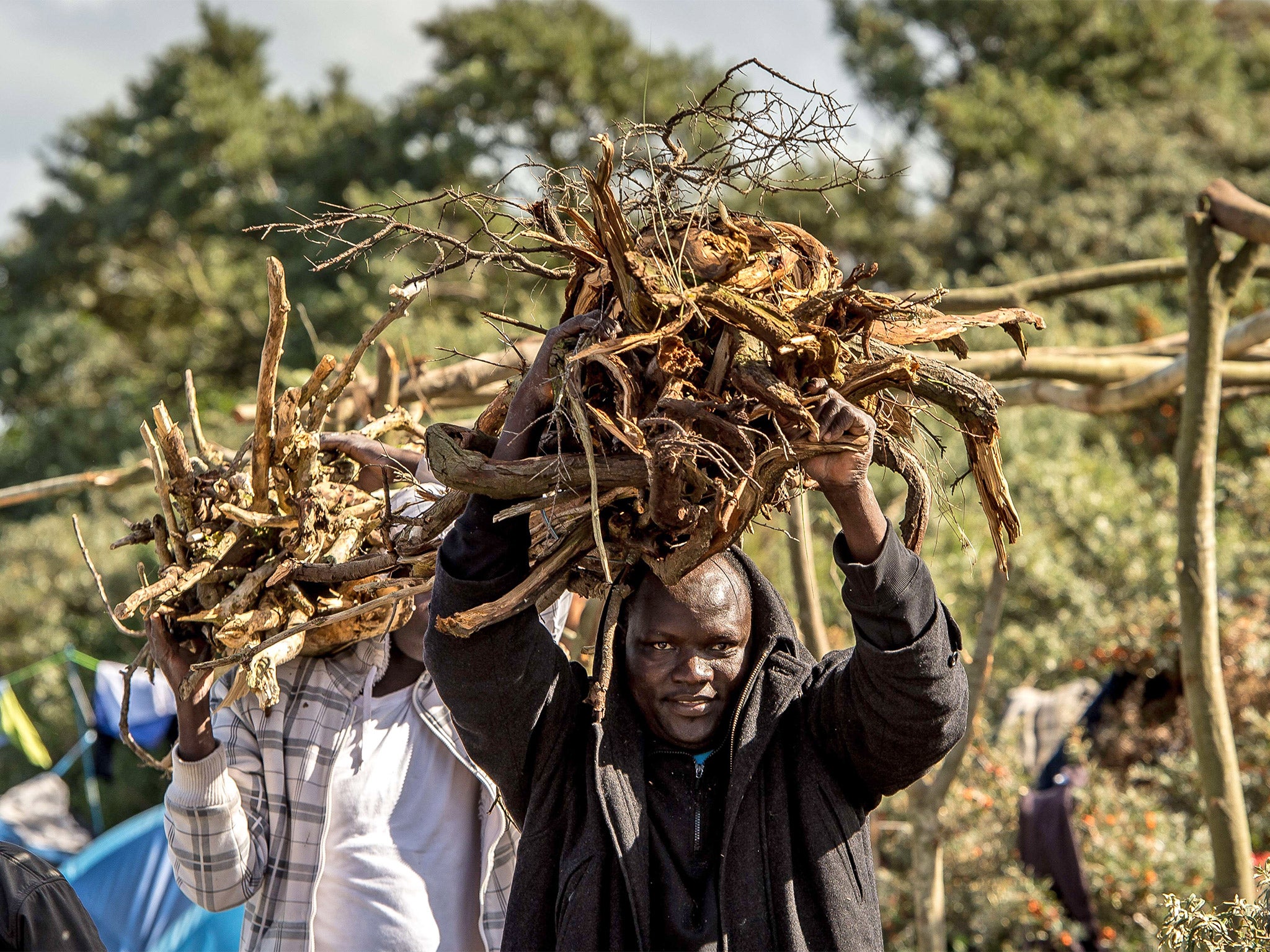Journalists reporting on the refugee crisis are acting unethically. I've seen it first hand in Calais
Photo and video journalists should make sure the people whose stories they record understand exactly what it means for them to speak out

Calling the whites of Tsegai’s eyes white would be generous; for over a week, they’d been filled with blood. I sat beside the Eritrean man in the middle of the Calais “jungle.” As he came to the end of his tale about how acquired these red eyes – along with a few broken ribs and several scars – we held each other’s gaze for a moment. He was on the verge of tears. And as I racked my brain for the perfect response, a different word kept coming to mind: ‘damn’.
I’m a video journalist, and these are the moments that I live for. Those split seconds where a single expression can convey everything that words simply can’t, where a breath or a furrowed brow unequivocally says it all. And so when I miss those moments on camera – or, in this instance, don’t have permission to shoot them at all - I always wonder if and how I’ll be able to do the story justice.
For a journalist who arrives in the jungle, simply turning up and taking photos is not an option. Of course, cameras can be shoved in refugees’ faces or telephoto lenses used from afar. Often, they are. To capture someone’s image with their consent, however, is tough, but it’s something that we need to get better at doing.

Before joining the Independent, I worked at the BBC on a radio program about Ebola. During that period the concept of permission was drilled into my head. I regularly received training not only on consent, but on what consent really means. Sure, an Ebola survivor in Liberia might agree to the use of their image on Facebook - but do they understand that this could cause stigma for them and their family in later months?
I left the BBC in August, but I still haven’t been able to shake off this frame of mind. And I think that’s for the best.
I spent four days visiting the “jungle”. It took me a while to feel comfortable taking my camera out at all. Instead, I wandered around different sections of the site for hours, hearing the sad stories of weary refugees. After slipping off my shoes and entering tents or pulling up a chair to the fire, I listened. I listened for 20 minutes at a time, hoping to gain trust before delicately segueing into the reason why I came: “Could I possibly ask you one more question: would you be willing to share your trauma on camera?”
Very often, the answer was no. And usually upon hearing this I would end the conversation a minute later, thank the refugee for his or her time and be on my way. It felt disingenuous – leaving when it was clear that I couldn’t get what I came for – but I had a job to do and limited time in which to do it.
It wasn’t until I met Tsegai, however, that I started to ask why people were averse to the camera, realizing that the reason was part of the story too. Tsegai feared shame. He was a doctor in Eritrea, and although his life was far from perfect at home, his living conditions had been better than the camp. He did not regret his decision to leave, but he didn’t want his family or friends to see him like this - with a battered face, living in a communal tent.
Many others echoed the sentiment. And if they weren’t embarrassed, they were afraid for their family back home. After leaving one of the camp’s Afghan restaurants, where I had been interviewing a volunteer on camera, a man ran out after us. He demanded to know if he’d been recorded, explaining he was worried for the repercussions it might have for his children in Afghanistan.
During my visit, I saw at least half a dozen fellow journalists a day. Although I can’t be sure how they, or others, operate, I suspect that some unethical journalism is taking place. Not just because I saw several people who seemed to be filming wherever they pleased, but also because of accounts of refugees and volunteers who said many reporters had pressed record with little regard.
Of course heart-breaking images like that depicting the lifeless body of Aylan Kurdi on a beach can trigger an emotional response which can change both policy and lives. I’d like to think that this is why most of us feel driven to photograph and film.
But for every such image, there exists a dozen mediocre alternatives – footage that was captured solely because editors and deadlines demanded it. In the rush to cover one of this year’s largest humanitarian stories, I worry that some of us are forgetting to employ the most basic and human practices of all: to stop, to ask and to listen.
Join our commenting forum
Join thought-provoking conversations, follow other Independent readers and see their replies
Comments